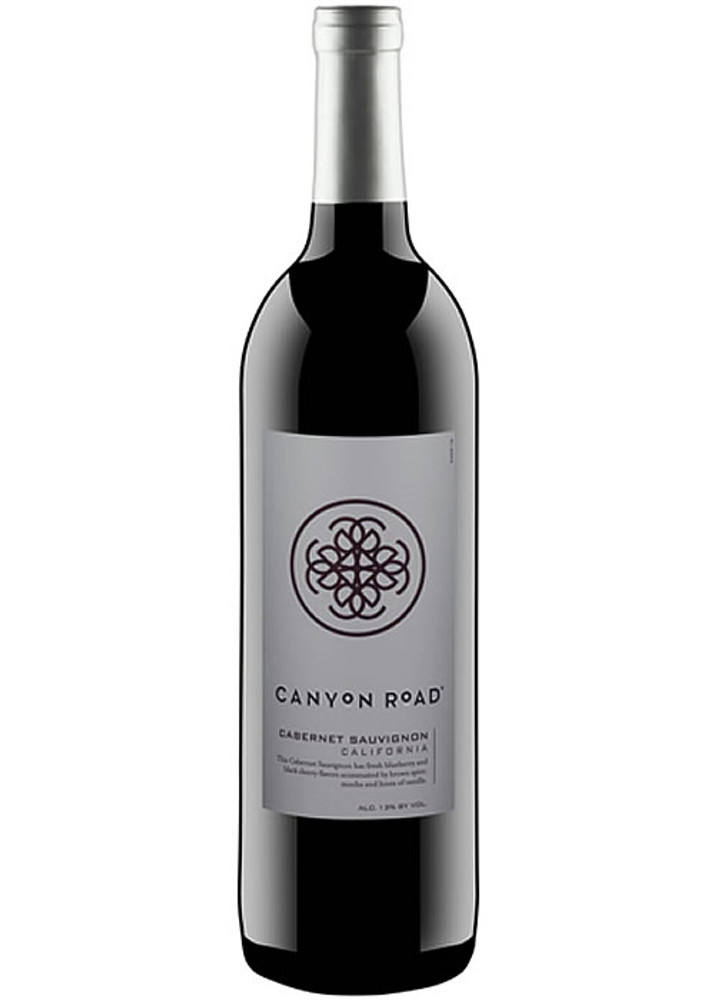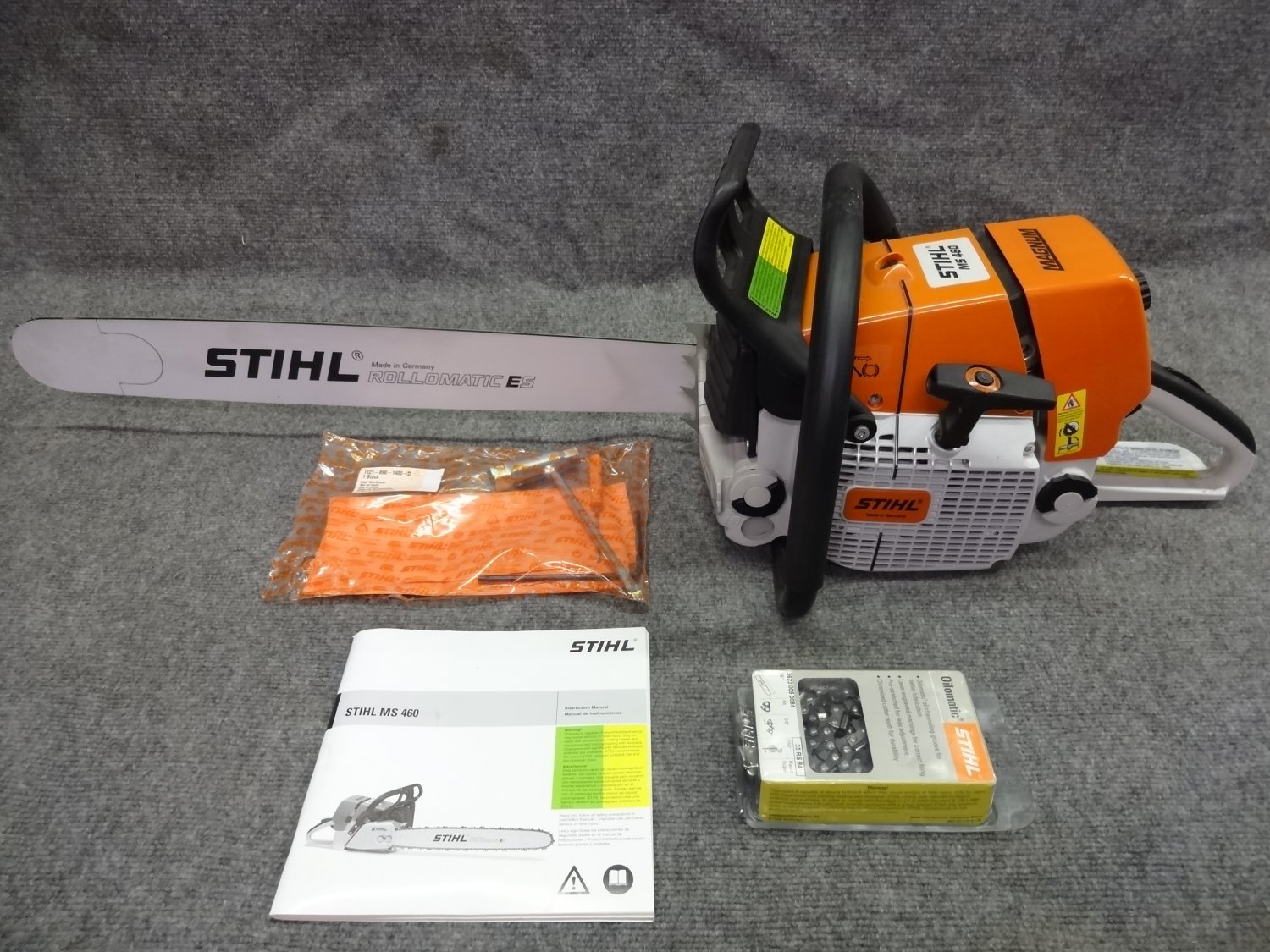Rocks and minerals identification lab
Rocks And Minerals Identification Lab. A mineral is an inorganic solid, made of of a specific combination of chemical elements, the atoms bonded together in a repeated, symmetric pattern. Dove provides a complete range of minerals assay testing services, for both alluvial (placer) and hard rock (primary). On the following pages are descriptions of the properties and uses of the rocks and. Extrusive igneous rocks tend to cool much more rapidly, and the minerals grow quicker and can not get as large.
 Geology Lab Rocks and Minerals ID Rocks and minerals, Earth and From pinterest.com
Geology Lab Rocks and Minerals ID Rocks and minerals, Earth and From pinterest.com
Sedimentary rocks form as weathered, eroded and deposited materials are compacted and cemented together beneath the weight of overlying sediments. On the following pages are descriptions of the properties and uses of the rocks and. They are extremely difficult to identify through photographs. Mineral identification characteristics sample 7 sample 20 sample 25 sample 27 sample 35 color white black purplish brown yellow clear pink streak clear light grey brown. Rocks and minerals must be examined in person from all perspectives for accurate identification; Rock and mineral identification is a fabulous way to learn about mineral properties and mineral identification and makes a great addition to your rock, gem, mineral, fossil and meteorite identification activities and/or your rocks and minerals unit.
Sedimentary rocks form as weathered, eroded and deposited materials are compacted and cemented together beneath the weight of overlying sediments.
Rocks & minerals by chris pellant, a rock is lively by dianna hutts aston, pebble: Mineral identification characteristics sample 7 sample 20 sample 25 sample 27 sample 35 color white black purplish brown yellow clear pink streak clear light grey brown. Place the container on the scale and 0 out the scale. You will get the best results by taking your rock or mineral to a local source where it can be handled and examined closely. View 3.07 lab.docx from bio misc at george ranch h s. This set includes interactive notebook pieces that can be put in a journal or used to make a lapbook with a file folder.
 Source: pinterest.com
Source: pinterest.com
First, decide whether your rock is igneous, sedimentary or metamorphic. In this basic rock identification lab students will use an identification key to determine the names. They are extremely difficult to identify through photographs. Rocks & minerals by chris pellant, a rock is lively by dianna hutts aston, pebble: You will get the best results by taking your rock or mineral to a local source where it can be handled and examined closely.
 Source: pinterest.fr
Source: pinterest.fr
The ultimate mineral identification lab designed for a student body with different ability levels with varied assessment opportunities at the discretion of the teacher. Rocks and minerals lapbook and lab report. First, decide whether your rock is igneous, sedimentary or metamorphic. Sedimentary rocks form as weathered, eroded and deposited materials are compacted and cemented together beneath the weight of overlying sediments. Rocks and minerals lapbook and lab report is full of what you need to teach the basics and aid in flipping your classroom.
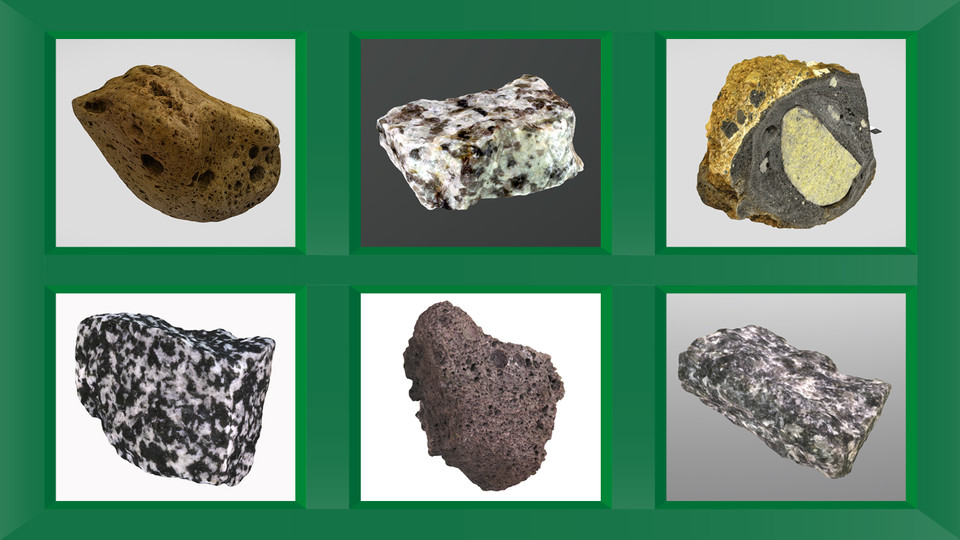 Source: revimage.org
Source: revimage.org
Place the container on the scale and 0 out the scale. Tie a string around the specimen. This set includes interactive notebook pieces that can be put in a journal or used to make a lapbook with a file folder. Sedimentary rocks form as weathered, eroded and deposited materials are compacted and cemented together beneath the weight of overlying sediments. Some suggestions for grade level appropriate use will be given in the first section.
 Source: lighthouse-educational.com
Source: lighthouse-educational.com
In this laboratory activity, students will be exposed to the technique on identifying the physical characteristics of igneous rocks 1 objectives to recognize, identify and observe features of igneous rock specimen in the laboratory. Some suggestions for grade level appropriate use will be given in the first section. Study 36 lab #1 exam/ the minerals and rocks flashcards from heather r mineralopticslab from this prediction, explain the differences between minerals and rocks there are 26 mineral samples to identify carmichael, roben s carmichael, roben s. Record the weight displayed on the scale. Place the container on the scale and 0 out the scale.
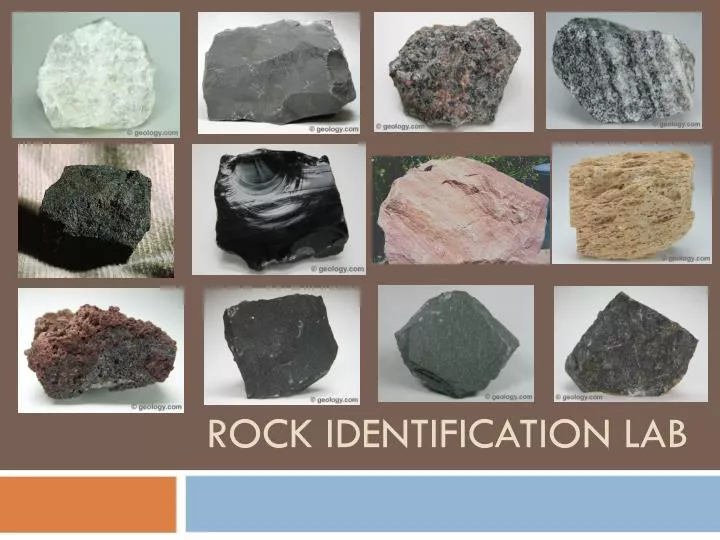 Source: slideserve.com
Source: slideserve.com
This set includes interactive notebook pieces that can be put in a journal or used to make a lapbook with a file folder. A rock, such as grain size, shape, and arrangement. Rocks and minerals lapbook and lab report. Rocks are categorized into types based on the way in which they form. Rock and mineral identification is a fabulous way to learn about mineral properties and mineral identification and makes a great addition to your rock, gem, mineral, fossil and meteorite identification activities and/or your rocks and minerals unit.
 Source: slideshare.net
Source: slideshare.net
Rock and mineral identification is a fabulous way to learn about mineral properties and mineral identification and makes a great addition to your rock, gem, mineral, fossil and meteorite identification activities and/or your rocks and minerals unit. Mineral identification characteristics sample 7 sample 20 sample 25 sample 27 sample 35 color white black purplish brown yellow clear pink streak clear light grey brown. Complete the following data table as you conduct the lab. Classification of igneous rocks textures of igneous rocks for igneous rocks, texture refers to the size, shape and geometry of adjacent minerals in a rock. Rocks and minerals lapbook and lab report.
 Source: pinterest.com
Source: pinterest.com
Hold the string and suspend the specimen in the water. Mineral identification characteristics sample 7 sample 20 sample 25 sample 27 sample 35 color white black purplish brown yellow clear pink streak clear light grey brown. Complete the following data table as you conduct the lab. Rocks are categorized into types based on the way in which they form. The interactive rock identification is a 278 page hyperlinked pdf document that guides students through the investigation of 19 igneous, metamorphic, and sedimentary rocks.
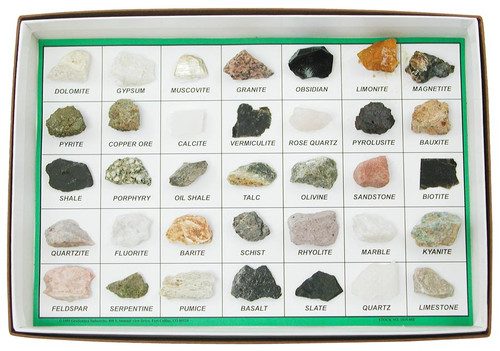 Source: homesciencetools.com
Source: homesciencetools.com
View 3.07 lab.docx from bio misc at george ranch h s. Classification of igneous rocks textures of igneous rocks for igneous rocks, texture refers to the size, shape and geometry of adjacent minerals in a rock. Rocks and minerals lapbook and lab report. In addition to this, a printable 22 page activity booklet contains student activities and answer keys to go along with the interactive rock identification. Identify a suite of unknown minerals by comparing observed characteristics with known physical properties of a select group of minerals.
 Source: pinterest.com
Source: pinterest.com
Complete the following data table as you conduct the lab. The ultimate mineral identification lab designed for a student body with different ability levels with varied assessment opportunities at the discretion of the teacher. In this laboratory activity, students will be exposed to the technique on identifying the physical characteristics of igneous rocks 1 objectives to recognize, identify and observe features of igneous rock specimen in the laboratory. Mohs hardness scale plus two pages of related student worksheets and an answer key. Rock and mineral identification is a fabulous way to learn about mineral properties and mineral identification and makes a great addition to your rock, gem, mineral, fossil and meteorite identification activities and/or your rocks and minerals unit.
 Source: hbarsci.com
Source: hbarsci.com
A story about belonging by susan in most cases minerals grow in tight. Rocks like these contain mostly black, white and/or gray minerals. They thus have a sugary or fine grained texture. They are extremely difficult to identify through photographs. Ultimately students will learn to classify various properties, apply them to unknown samples to identify, connect the properties to potential uses, and evaluate the effectiveness of their observations and descriptions.
 Source: 911metallurgist.com
Source: 911metallurgist.com
Fill your container with water high enough to submerge the specimen. Rocks are categorized into types based on the way in which they form. Sedimentary rocks such as limestone or shale are hardened sediment with sandy or clay. Fill your container with water high enough to submerge the specimen. Rocks like these contain mostly black, white and/or gray minerals.
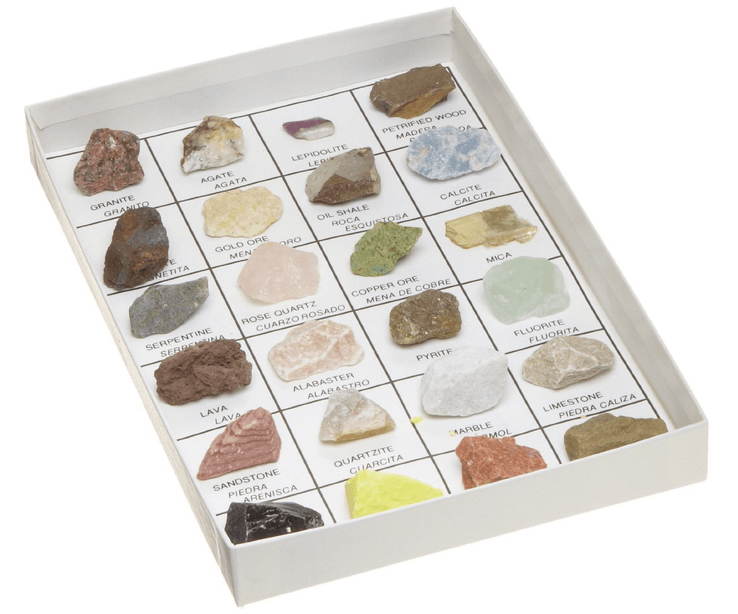 Source: 911metallurgist.com
Source: 911metallurgist.com
Rocks and minerals must be examined in person from all perspectives for accurate identification; View 3.07 lab.docx from bio misc at george ranch h s. Divide the number from step 1 by the number in step 6. Rocks and minerals must be examined in person from all perspectives for accurate identification; The ultimate mineral identification lab designed for a student body with different ability levels with varied assessment opportunities at the discretion of the teacher.
 Source: mmemerriman.blogspot.ca
Source: mmemerriman.blogspot.ca
The identification of rocks this lab introduces the identification of igneous, sedimentary and metamorphic rocks based on mineralogy (composition) and texture. In this laboratory activity, students will be exposed to the technique on identifying the physical characteristics of igneous rocks 1 objectives to recognize, identify and observe features of igneous rock specimen in the laboratory. Dove provides a complete range of minerals assay testing services, for both alluvial (placer) and hard rock (primary). Study 36 lab #1 exam/ the minerals and rocks flashcards from heather r mineralopticslab from this prediction, explain the differences between minerals and rocks there are 26 mineral samples to identify carmichael, roben s carmichael, roben s. Igneous rocks such as granite or lava are tough, frozen melts with little texture or layering.
 Source: youtube.com
Source: youtube.com
Tie a string around the specimen. Place the container on the scale and 0 out the scale. The identification of rocks this lab introduces the identification of igneous, sedimentary and metamorphic rocks based on mineralogy (composition) and texture. Hold the string and suspend the specimen in the water. In addition to this, a printable 22 page activity booklet contains student activities and answer keys to go along with the interactive rock identification.
 Source: engagingsciencelabs.com
Source: engagingsciencelabs.com
First, decide whether your rock is igneous, sedimentary or metamorphic. They thus have a sugary or fine grained texture. Rocks and minerals lapbook and lab report is full of what you need to teach the basics and aid in flipping your classroom. Igneous, sedimentary and metamorphic science 6—rocks & minerals school: A mineral is not the same thing as a rock.
 Source: pinterest.co.uk
Source: pinterest.co.uk
In addition to this, a printable 22 page activity booklet contains student activities and answer keys to go along with the interactive rock identification. In this laboratory activity, students will be exposed to the technique on identifying the physical characteristics of igneous rocks 1 objectives to recognize, identify and observe features of igneous rock specimen in the laboratory. Record the weight displayed on the scale. Divide the number from step 1 by the number in step 6. Place the container on the scale and 0 out the scale.
 Source: pinterest.com.au
Source: pinterest.com.au
This set includes interactive notebook pieces that can be put in a journal or used to make a lapbook with a file folder. Divide the number from step 1 by the number in step 6. Extrusive igneous rocks tend to cool much more rapidly, and the minerals grow quicker and can not get as large. Rock and mineral identification is a fabulous way to learn about mineral properties and mineral identification and makes a great addition to your rock, gem, mineral, fossil and meteorite identification activities and/or your rocks and minerals unit. You will get the best results by taking your rock or mineral to a local source where it can be handled and examined closely.
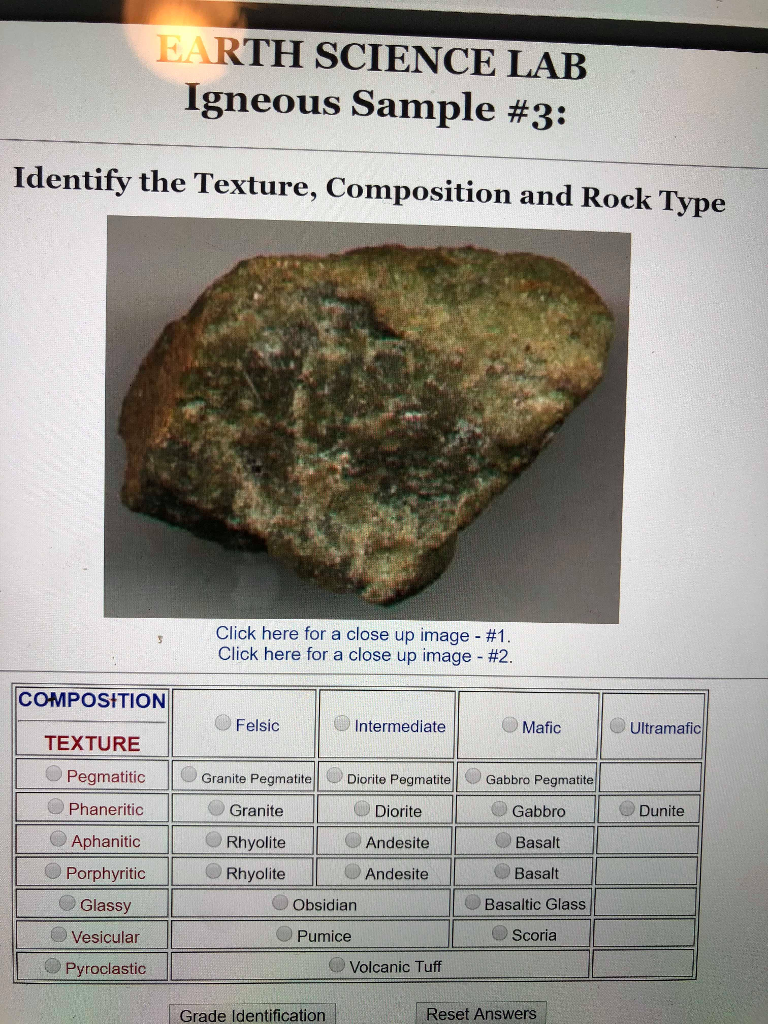 Source: chegg.com
Source: chegg.com
A story about belonging by susan in most cases minerals grow in tight. View 3.07 lab.docx from bio misc at george ranch h s. Ultimately students will learn to classify various properties, apply them to unknown samples to identify, connect the properties to potential uses, and evaluate the effectiveness of their observations and descriptions. Record the weight displayed on the scale. A story about belonging by susan in most cases minerals grow in tight.
If you find this site adventageous, please support us by sharing this posts to your favorite social media accounts like Facebook, Instagram and so on or you can also save this blog page with the title rocks and minerals identification lab by using Ctrl + D for devices a laptop with a Windows operating system or Command + D for laptops with an Apple operating system. If you use a smartphone, you can also use the drawer menu of the browser you are using. Whether it’s a Windows, Mac, iOS or Android operating system, you will still be able to bookmark this website.




